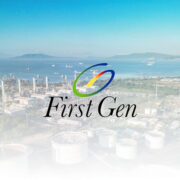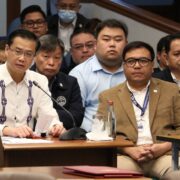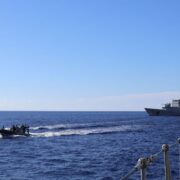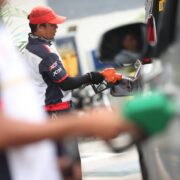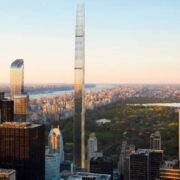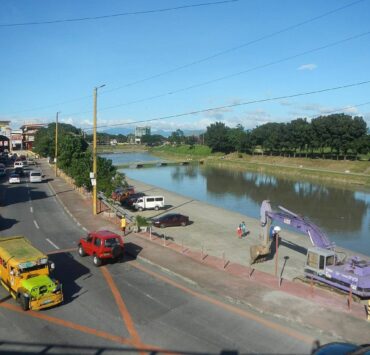Marikina City steps up as a modern, livable destination
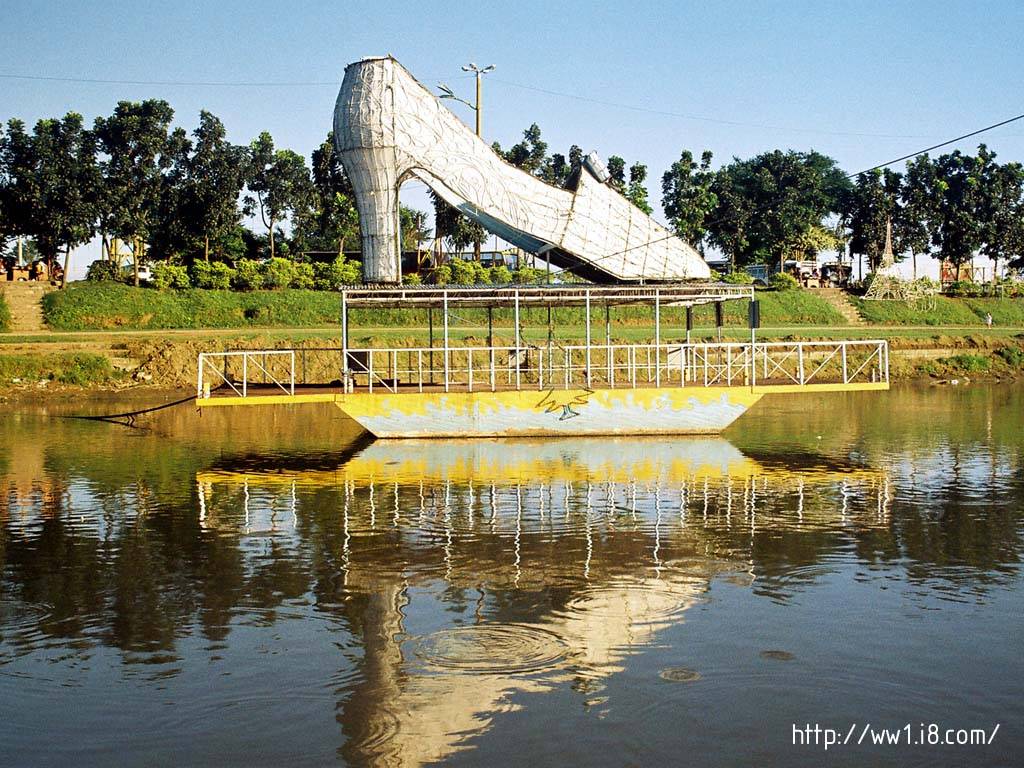
Known for its well-maintained urban spaces and thriving economy, Marikina City has been gaining popularity both as a novel tourist destination and as an ideal place to live.
‘Hacienda Marikina’
Before the Spanish period, people had settled along the riverbanks and farmed the fertile land in Marikina Valley. With the help of skills and techniques introduced by early Chinese migrants, these farms began producing rice and vegetables in large amounts.
The Augustinians arrived in Marikina in the 16th century, followed later by the Jesuits, marking its entry into the Spanish colonial system. By the 19th century, “Hacienda Marikina” was believed to be the largest in the country, with its natural beauty, vast size, and abundant harvests earning it the title of mayorazgo (royal estate) from the Spanish government.

Commercialized era
Marikina has come a long way since then.
Today, the city continues to thrive in a more modern, commercialized era, with established businesses and institutions serving residents and visitors.
It has also been taking steps to modernize its agricultural sector. In June 2024, officials confirmed that negotiations were underway for either a joint venture or a long-term lease on a 1-hectare property that would become the first site of the Department of Agriculture’s farm-to-consumer distribution hubs.

‘Shoe Capital’
But when it comes to Marikina’s most popular industries, you can’t leave out the one the city is almost synonymous with: shoes.
As early as 1887, Marikina had begun building its reputation as a shoemaking town, led by Don Laureano “Kapitan Moy” Guevarra with the help of Tiburcio Eustaquio, Ambrocio Sta. Ines, and Gervacio Carlos.
After taking apart his worn-out pair of British shoes and studying their components, Kapitan Moy created new patterns and, inspired by Chinese shoemakers in Parian, Manila, eventually crafted his first pair.
He went on to master shoemaking, a craft that quickly spread throughout the town, establishing then a flourishing industry. Years of refining their skills gave Marikina’s workers a strong industrial work ethic that carried them into the rise of heavy industries in the 1950s. By then, shoe manufacturing had grown into a multi-million-peso enterprise, earning Marikina the title “Shoe Capital of the Philippines.”
Today, the shoemaking industry has grown beyond its initial market and now helps boost the city’s tourism. The Marikina Shoe Museum, one of its main attractions, showcases a diverse collection of footwear worn by national figures, offering a glimpse into the country’s history.
Efforts to revive the shoe industry are underway, highlighted by the filing of Senate Bill No. 2994 in April this year. It seeks to strengthen the shoemaking industry in the Philippines and to establish at least one shoe manufacturing hub in Marikina.
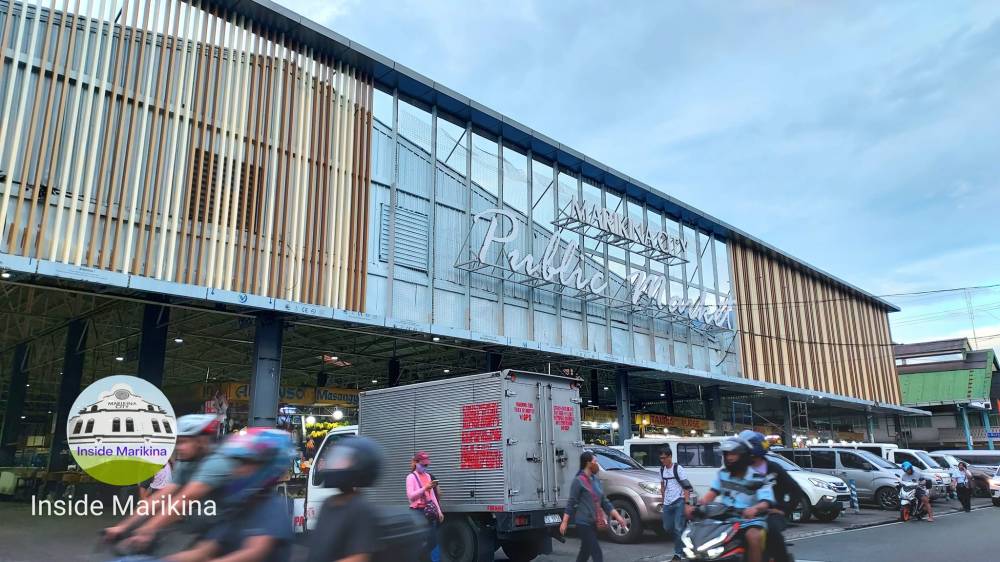
Residential opportunities
Beyond its thriving markets and industries, Marikina also offers comfortable residential opportunities for those who choose it as their new home.
Bounded by mountain ranges and set along a river, Marikina’s location–near major cities like Quezon City, Mandaluyong, and Pasig—makes it an incredibly convenient place to live. And though small, Marikina has its own network of private schools, hospitals, malls, churches, and business centers, allowing residents to access premium services without leaving the city.
Public services
Getting around the city to access these services has also been modernized and improved. In October 2025, two commuter-friendly public utility vehicle (PUV) stops were unveiled in Marikina. These are located in Concepcion Elementary School and San Roque Park.
According to the Department of Transportation, the PUV stops are designed to “provide commuters with a safer, more comfortable, and accessible waiting environment while promoting efficiency and inclusivity in public transportation.” These stops were also designed to be commuter-friendly, even for pregnant women, senior citizens, and persons with disabilities (PWDs), ensuring that all commuters have a safe and easy time getting from place to place.
Marikina City now stands as a lush and quiet haven for tourists and residents, providing not just an accessible and convenient area to live in, but also a snapshot of the days long past and the nation’s colorful history.
Sources: Inquirer Archives, da.gov.ph, Marikina.gov.ph, legacy.senate.gov.ph, federalland.ph


